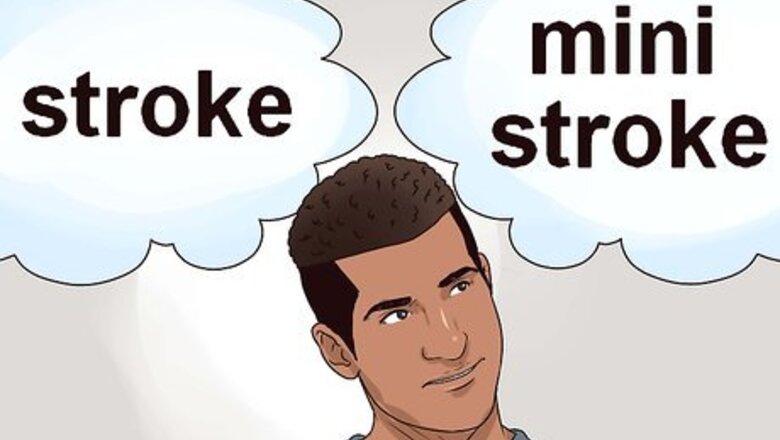
views
X
Trustworthy Source
MedlinePlus
Collection of medical information sourced from the US National Library of Medicine
Go to source
Recognizing the Symptoms of a Stroke
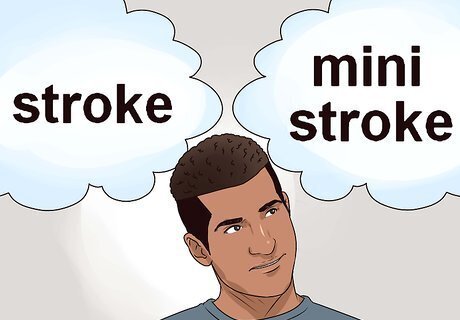
Understand the difference between a stroke and a mini-stroke. There are two major types of strokes: an ischemic stroke, which is caused by a blood clot in your brain, and a hemorrhagic stroke, caused by a blood vessel in your brain that breaks and bleeds into the brain. Hemorrhagic strokes are rarer than ischemic strokes, as only about 20 percent of strokes are hemorrhagic. Both types of strokes are serious and can be life-threatening if the person is not treated as soon as possible. Mini-strokes, also called transient ischemic attacks (TIA), occur when your brain gets less blood than normal. They can last from a few minutes up to a day. Many people who experience mini-strokes do not even realize they have had a stroke, but mini-strokes can be a warning sign of a full stroke. If someone experiences a mini-stroke, they should receive medical attention right away.
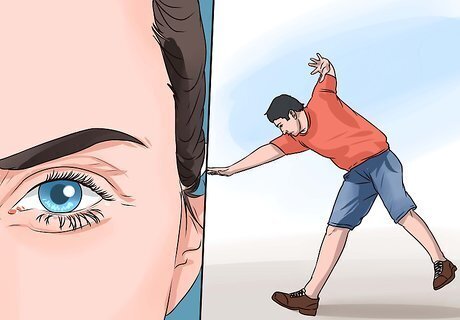
Look for two or more symptoms of a stroke. Most people suffering from a stroke will exhibit two or more of the most common symptoms of a stroke, including: Sudden numbness or weakness of the face, arm, or leg on one side of their body. Sudden difficulty seeing out of one or both eyes. Sudden difficulty walking, as well as dizziness and loss of balance. Sudden confusion and difficulty talking or understanding someone talking to them. Sudden bad headache with no clear cause.

Do the F.A.S.T test. It can be difficult for someone suffering from a stroke to describe or explain their symptoms. To confirm the person is having a stroke, you can do a quick test, called the F.A.S.T. test: Face - Ask the person to smile. Check if one side of their face droops or appears numb. Their smile may appear uneven or lopsided on one side of their face. Arms - Ask the person to raise both arms. If they cannot lift their arms, or if one arm drifts downward, they are likely suffering from a stroke. Speech - Ask the person a simple question, like their name or their age. Note if their words are slurred when they respond to you or if they have difficulty forming words. Time - If the person displays any of these symptoms, it is time to call 911. You should also check the time to confirm when the person’s symptoms first appeared, as the medical staff will use this information to better care for the person.
Getting Medical Attention for the Stroke Victim
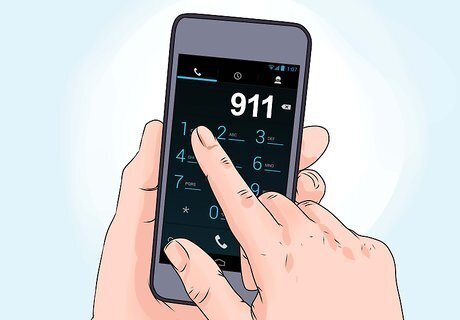
Call 911 for medical help as soon as possible. Once you confirm the person is having a stroke, you need to take immediate action and call 911. You should then tell the dispatcher that the person is having a stroke and requires immediate medical attention. A stroke is considered a medical emergency, as the longer blood flow is cut off to the brain, the greater the damage to the brain.

Allow the doctor to do tests and a check up. Once you get the stroke victim to a hospital, the doctor will ask the person questions, such as what happened and when they first started experiencing symptoms. These questions will help the doctor determine if the person is thinking clearly and how severe the stroke is. The doctor will also test the person’s reflexes and order several test, including: Imaging tests: These tests will provide a clear picture of the person’s brain, including CT scans and MRI scanning. They will help the doctor determine if the stroke was caused by a blockage or by bleeding in the brain. Electrical tests: You will probably be given an EEG (electroencephalogram) to record the electrical impulses and the sensory processes of the brain, and an EKG (electrocardiogram) to measure the electrical activity of the heart. Blood flow tests: These tests will show any changes to blood flow to the brain that may be occurring.
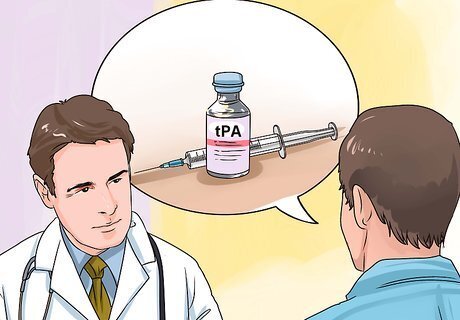
Discuss treatment options with the doctor. Some strokes can be treated with a drug called tPA, which dissolves blood clots that are obstructing blood flow to the brain. However, the window of opportunity for treatment is three hours, and the treatment has specific guidelines for its application. It is essential that the person get to a hospital within 60 minutes of the stroke to be evaluated and receive this treatment. A recent study by the National Institute of Neurological Disorders and Strokes (NINDS) found that some stroke patients who received tPA within three hours of the beginning of their stroke symptoms were 30 percent more likely to recover with little to no disability after three months. If the person cannot have tPA, the doctor may prescribe an antiplatelet medicine or a blood thinner for a TIA, or mini-stroke. If the person has had a hemorrhagic stroke, the doctor may prescribe medication to lower their blood pressure. She may also take the person off any antiplatelet medications or blood thinners. Surgery is a treatment option in some cases.

















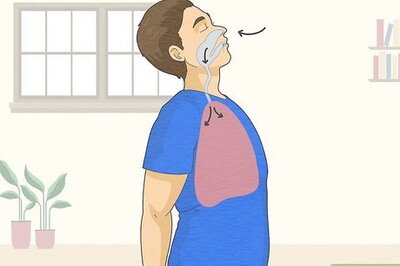
Comments
0 comment